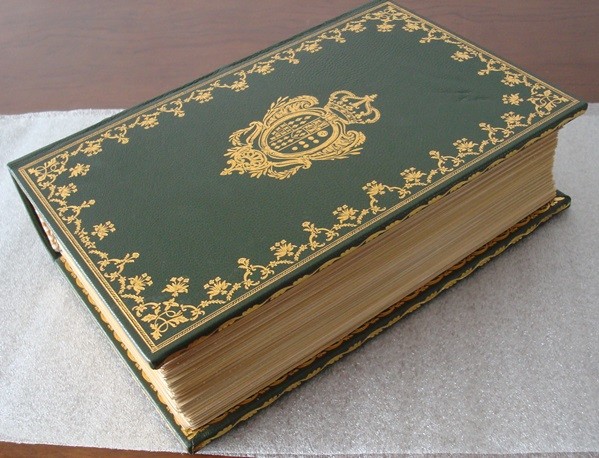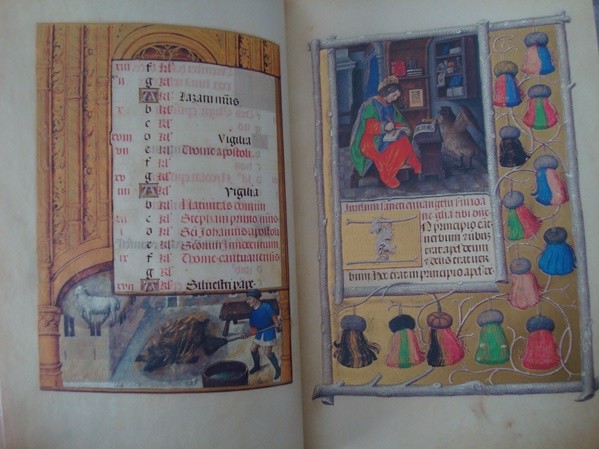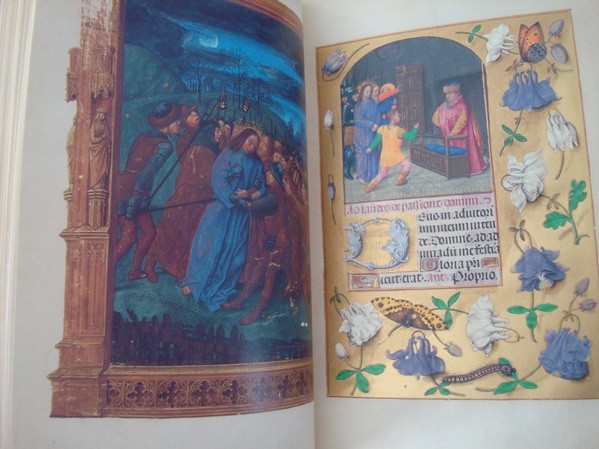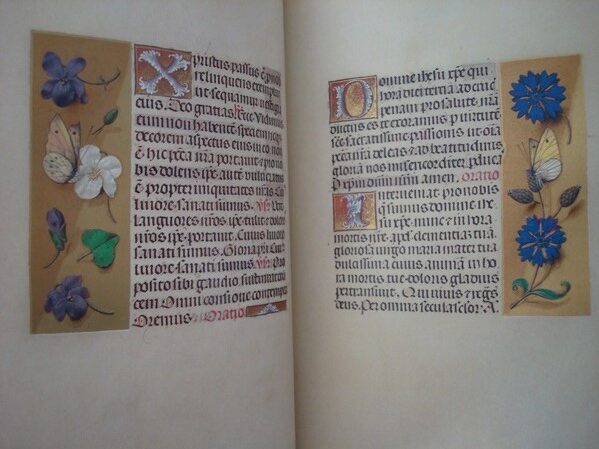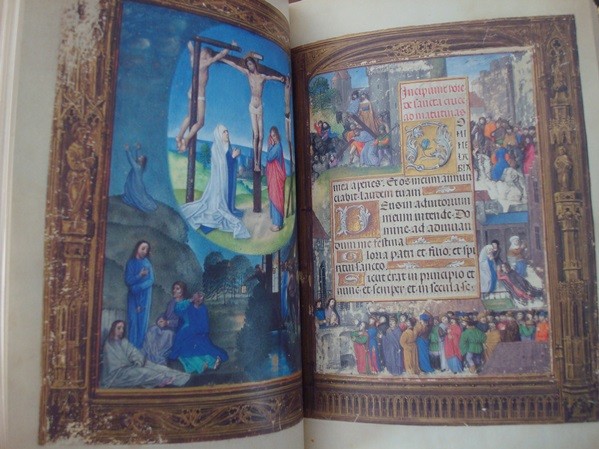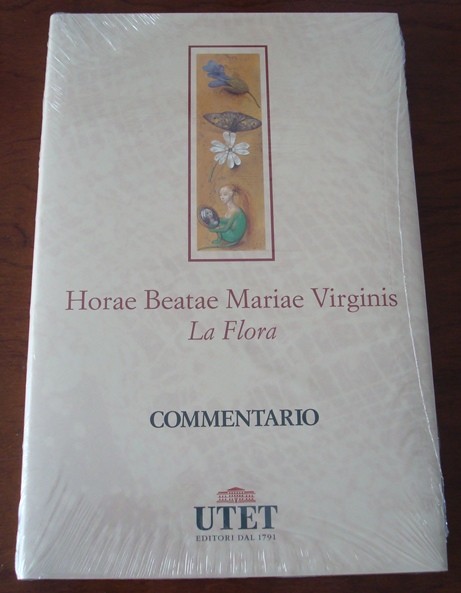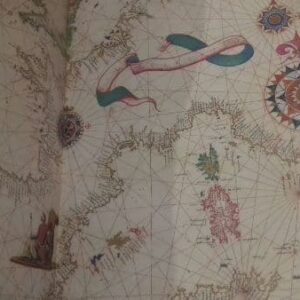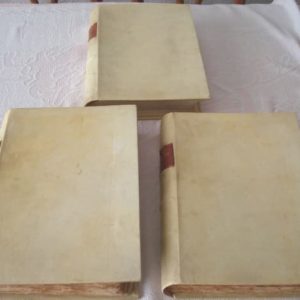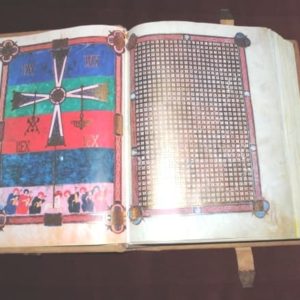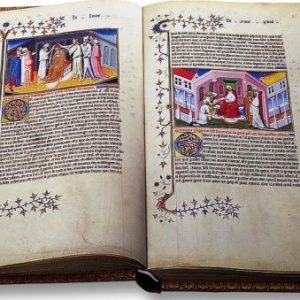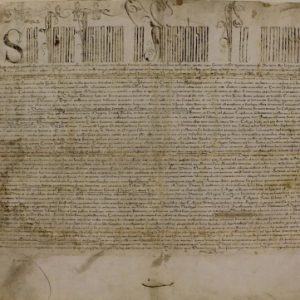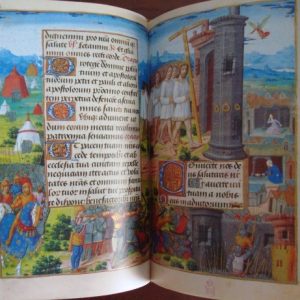Description
Horae Beatae Mariae Virginis (The Flora), or Book of Hours of the Blessed Virgin Mary (La Flora), is a splendidly decorated codex, named for the abundance of flowers and fruits meticulously elaborated. It is one of the most beautiful manuscripts of the National Library of Naples (Sig. Ms. IB 51), known for the richness and variety of its iconography, which is inspired by the style and methods of the great masters of the flamenco lighting. The calendar months that appear at the beginning of the codex are framed for architectural reasons. Each month is illuminated with two different scenes, the second of which represents the sign of the zodiac. The codex includes more than 100 illuminations, 36 of which are full pages.
The manuscript was produced somewhere in Flanders, such as Valenciennes, Bruges or Ghent. It was done in a workshop, a fact that is evident in the use of model sheets and decals for recurring scenes. Great masters contributed with illuminations during the different stages of elaboration of the manuscript. Among them stands out Simon Marmion (1420-1489), creator of one of the oldest and most prestigious complete page illumination cycles. Other of the artists of renown in making their contribution were Gerard Horenbout (c.1465-1540) and the Master of the Book of prayers of Dresden (1470-1500).
The uniform aspect of the writing and of the illuminations, both in the original and in the duplicates, leads one to think that the workshop, which evidently employed exceptional colorists and landscapers, was directed by a single teacher. The text is written in full Gothic script by a single copyist. Numerous illuminations are framed by golden elements of Gothic architecture. From a stylistic point of view, the meticulous details of the figures in the foreground stand out particularly. The excellent use of color is typical of Renaissance illuminations in the court of Burgundy, which was closely related to the Flemish court.
Studies have revealed that the codex was not produced for Charles VIII of France, since his coat of arms, which is inscribed on a gold medallion surmounted by the letter K on the back of the second leaf, was added later. Textual analyzes suggest that it was created for a bourgeois client. The work came to light between 1483 and 1498. The codex is part of the Farnese collection, which was moved from Parma to Naples after the monarch Carlos III, king of Spain, had conquered Naples in 1734.
Copy corresponding to the beautiful facsimile edition made in 2008 in Turin (Italy), presented in a large packaging box containing:
Facsimile bound in leather decorated with gold, format 15 x 21.8 cm. 736 pages.
Hard bound book study with color cover, format 18.5 x 28.2 cm.
Exhibitor formed by 2 pieces:
Wooden base with fine velvet inside to expose the codex, with integrated tray and hidden for the study book, format 44.5 x 35 x 6 cm.
Cover methacrylate format 33 x 24 x 12.5 cm.
Numbered edition, certified and limited to 664 copies, of which 50 were for the Hispanic market, being the copy that we offer a number of the first ten, of high numerological and collection value.
This incredible and atypical Book of Hours, is richly adorned with a wonderful variety of decorative elements, mostly floral, which gives life to the charm of the colors, the perfection of the drawings and the magical suggestion of the ancient manuscript. La Flora has a set of truly amazing illuminated scenes: 28 miniatures of large format are French hands, but the codex in its organic whole belongs to the Flemish school of Ghent and Bruges, of which it is one of the main works, together with the famous Grimani Breviary. The name of Flora (original title: Horae Beatae Mariae Viriginis) has been attributed to this manuscript by scholars for the wonderful and rich variety of decorative floral elements.
You can see the digitized codex by clicking here.
Exemplary complete and in perfect condition. The binder did not take into account a mark of the skin itself and, instead of putting it on the back cover, removed it on the front cover making the photographs appear as a small defect after the binding.
This copy corresponds to a low number in the first decade, an added value for bibliophiles and special collectors.
Shipping costs on account of the buyer, according to order and destination. Consult us without obligation (indicating the reference of the article) any doubt.




